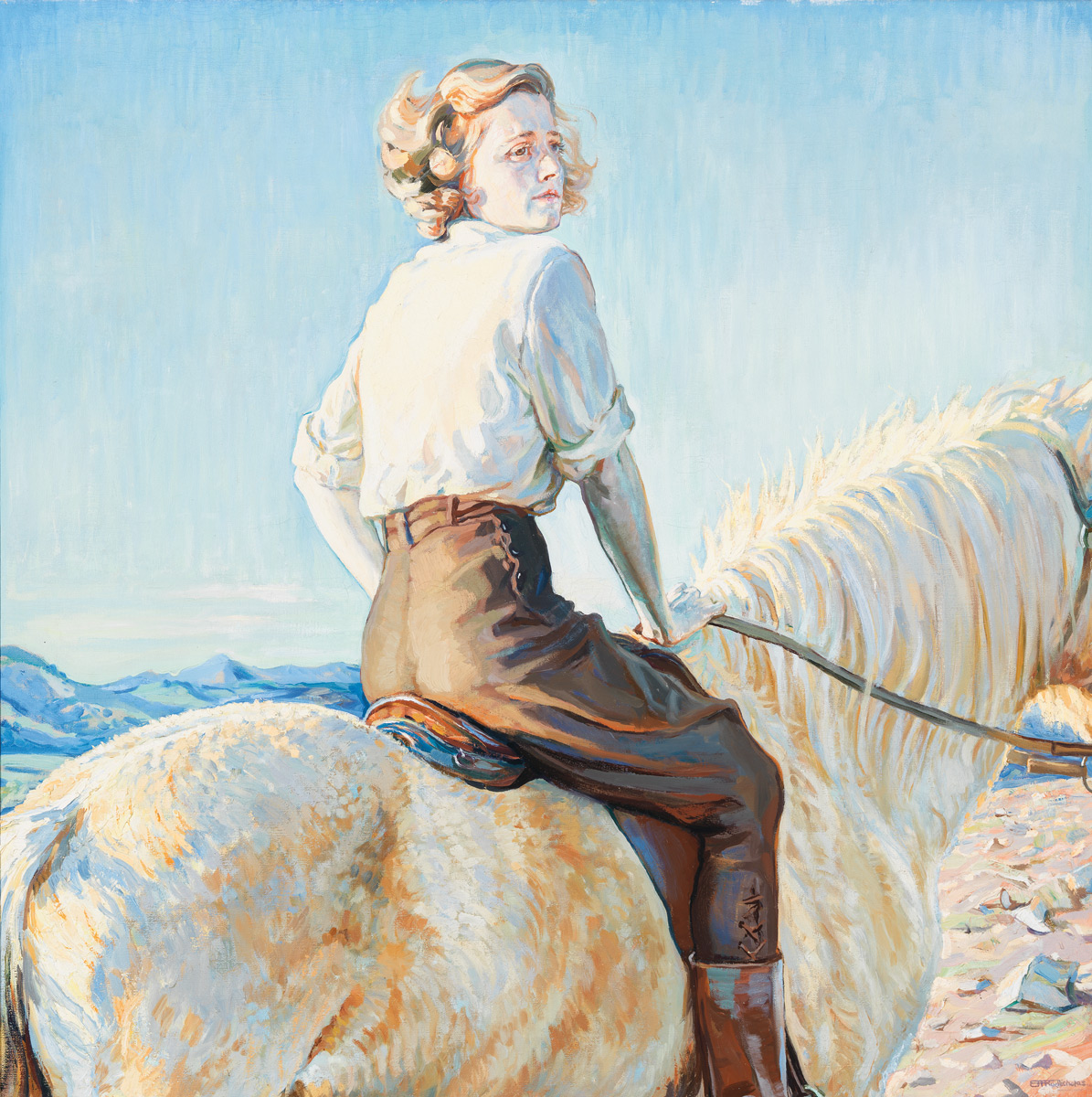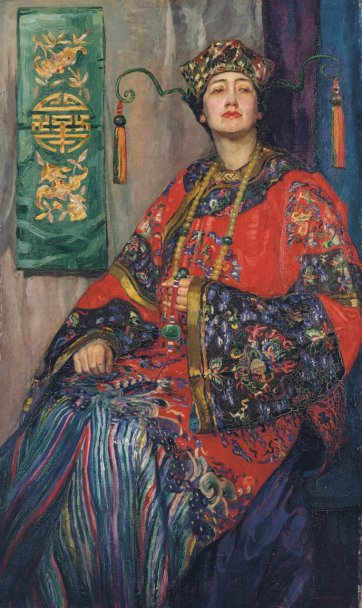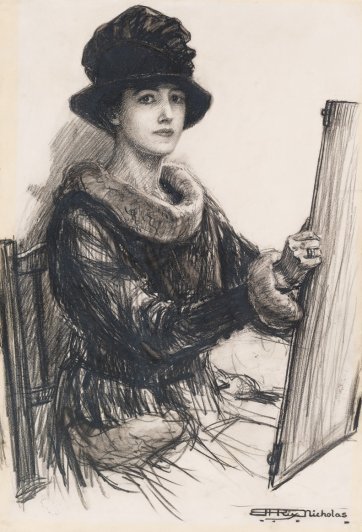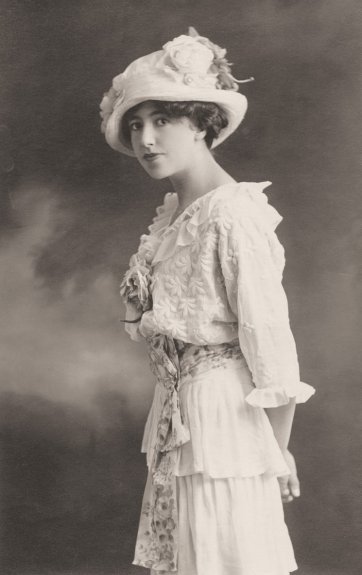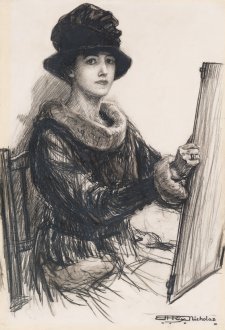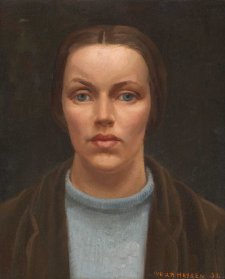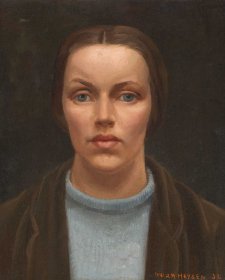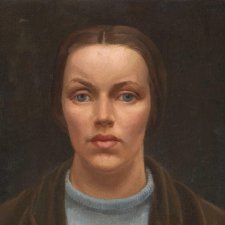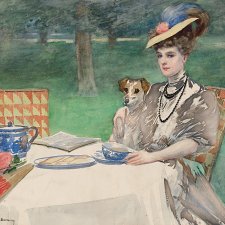After successfully exploring the art scenes of London, France and Morocco, Hilda Rix Nicholas settled at Knockalong, a property near Delegate, on the Monaro plain in the 1920s. In Paris to Monaro the artist's portraits in the landscape will be shown amongst a treasure trove of objects transported from the magical studio she created there.
Emily Hilda Rix, born in Ballarat in 1884, left Australia in March 1907, having trained for three years at the National Gallery School. She, her sister Elsie and their widowed mother Elizabeth proceeded from London – where Hilda studied at the New Art School – to Paris, where she attended art classes at the Académie Delecluse and the Grande Chaumière. Drawings that she made there afford a beguiling peek into life in the professional ateliers of the city. She and Elsie spent several exhilarating periods in Tangier, Morocco, where she made many striking paintings and drawings reflecting her passion for costume. In the expatriate artists’ colony of Étaples, where she spent summers between 1910 and 1914, she painted rustic personalities, buildings and gardens bathed in the soft light of the region.
In London during the First World War she lost her sister and her mother to typhoid fever. She married an Australian soldier, George Nicholas, but he was killed in France within weeks of their wedding. Henceforth, she signed her pictures with his name.
In 1928, Hilda Rix Nicholas began a new life as the wife of Edgar Wright, owner of the grazing property Knockalong, near the town of Delegate on the Southern Monaro. There, she designed a free-standing French-style studio, into which she moved her paintings, drawings, costumes and mementoes of foreign lands. This extraordinary building still stands on Wright family land, its contents largely undisturbed since the death of the artist in 1961.
In this exhibition, objects and artworks from the magical studio mingle and interweave with paintings from public and private collections, to create a composite portrait of Hilda Rix Nicholas and the people, objects and landscape she loved.
